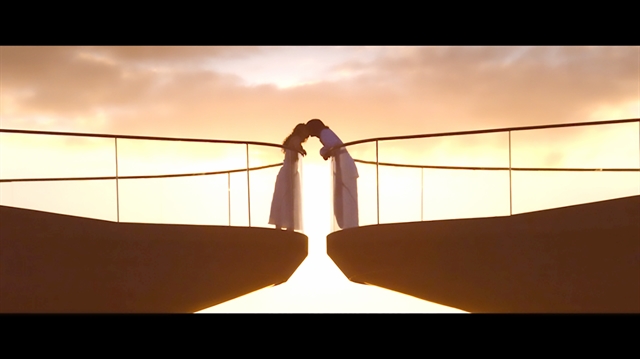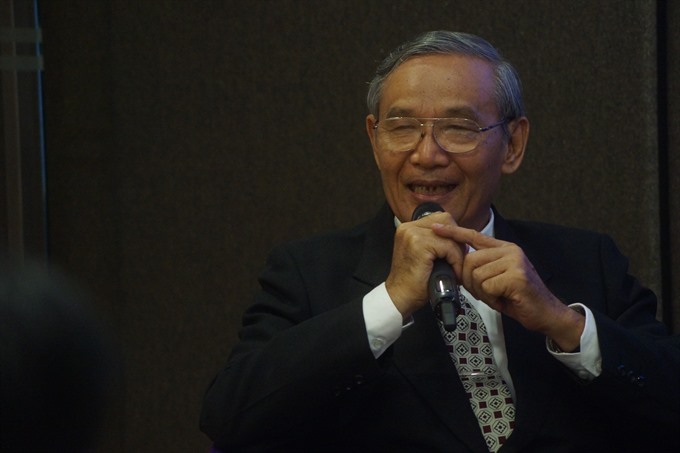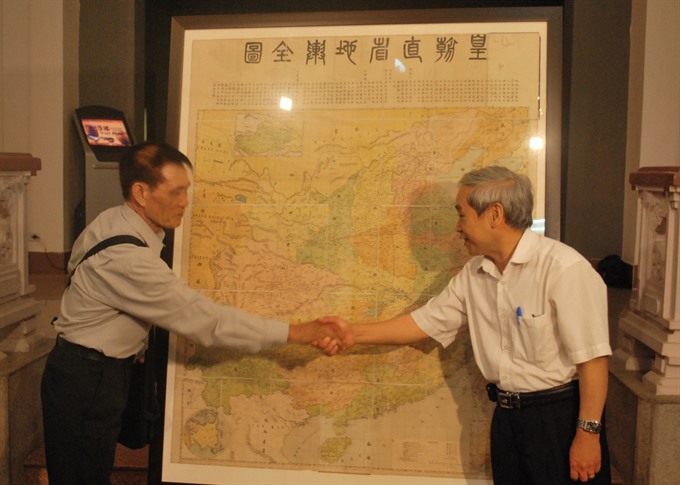 Life & Style
Life & Style

The National Museum of History will develop a 3D exhibition showcasing valuable documents on Việt Nam’s sovereignty, the museum’s director Nguyễn Văn Cường said at a conference held on Wednesday in Hà Nội.
 |
| Expert: Historian Nguyễn Nhã spoke about his research at the conference. — Photo baotanglichsu.com |
HÀ NỘI — The National Museum of History will develop a 3D exhibition showcasing valuable documents on Việt Nam’s sovereignty, the museum’s director Nguyễn Văn Cường said at a conference held on Wednesday in Hà Nội.
It will be the biggest exhibition ever to show Vietnamese and international visitors proof of the nation’s sovereignty, especially over seas and islands.
The conference gathered many experts and scientists to discuss how to effectively exhibit valuable documents and objects on Việt Nam’s sovereignty.
“The museum now holds many documents which have historical and scientific value,” he said.
“We want to consult experts to promote the value of the museum’s documents as well as those kept by private collectors with the aim of raising people’s awareness of national sovereignty.”
 |
| Proof: Historian Mai Ngọc Hồng presented a map published in 1904 in China indicating that China’s southern border is Hainan Island to Nguyễn Văn Quân, former director of the National Museum of History, last year. — Photo tuyengiao.vn |
Historian Nguyễn Nhã, who has spent many years researching the topic, said he has finished a 400-page dossier in English titled Việt Nam’s Sovereignty over the Paracels and Spratly Islands – A History in Documents. The dossier includes his research, PhD thesis, essays he presented in foreign countries and documents dating from the 19th century he collected abroad.
He suggested publishing these documents in a book and translating it into different languages.
On the occasion, he donated many valuable documents for the Museum of History to display at the exhibition.
Nguyễn Trường Giang, director of the East Sea Institute, said the exhibition should be entertaining, attractive and easy to understand. The museums should co-operate with foreign partners to organise the exhibition. “Documents should go with objects collected from archaeological projects to provide true evidence,” he said.
Phạm Quốc Quân, member of the National Council of Cultural Heritage, suggested that the exhibits must be organised in chronological order, from prehistory to the modern day. “That would help visitors get a panoramic view on the historical context,” he said. — VNS




